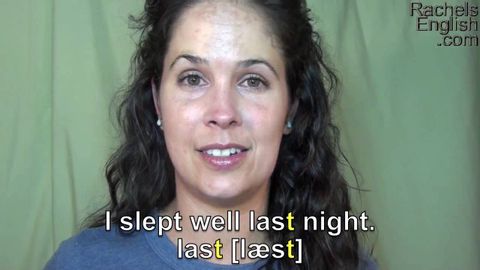
字幕と単語
例:Tの発音の仕方アメリカ英語の発音 (Examples: how to pronounce T: American English Pronunciation)
00
Sam が 2021 年 01 月 14 日 に投稿保存
動画の中の単語
sound
US /saʊnd/
・
UK /saʊnd/
- adj.理にかなった : 安心できる : 信頼できる;(眠りが)十分な : 深い;(土台が)しっかりした : 堅固な : 安定した;(心が)健康な : 健全な;妥当な : 穏当な
- n. (c./u.)(固有の特徴をもつ)音楽のスタイル : サウンド;(空気中 : 水中の)音波
- v.i.~のようである : ~だと思われる;鳴る : 音を出す
- v.t.発音する : 音を出す
A1 初級TOEIC
もっと見る part
US /pɑ:rt/
・
UK /pɑ:t/
- n.(本の)部 : 編 : 巻 : 章;対;髪の分け目;役;一部 : 部分;役割
- v.t.櫛で髪に分け目をつける
- v.t./i.分ける : 裂ける;別れる : 離れる
- adj.分割する : 部分に分ける
A1 初級TOEIC
もっと見る エネルギーを使用
すべての単語を解除
発音・解説・フィルター機能を解除
